ByOthers’ architectural office nestles into its leafy south London site
The Drawing Shed is a meticulously crafted architectural office for London studio ByOthers, hand-built in a back garden
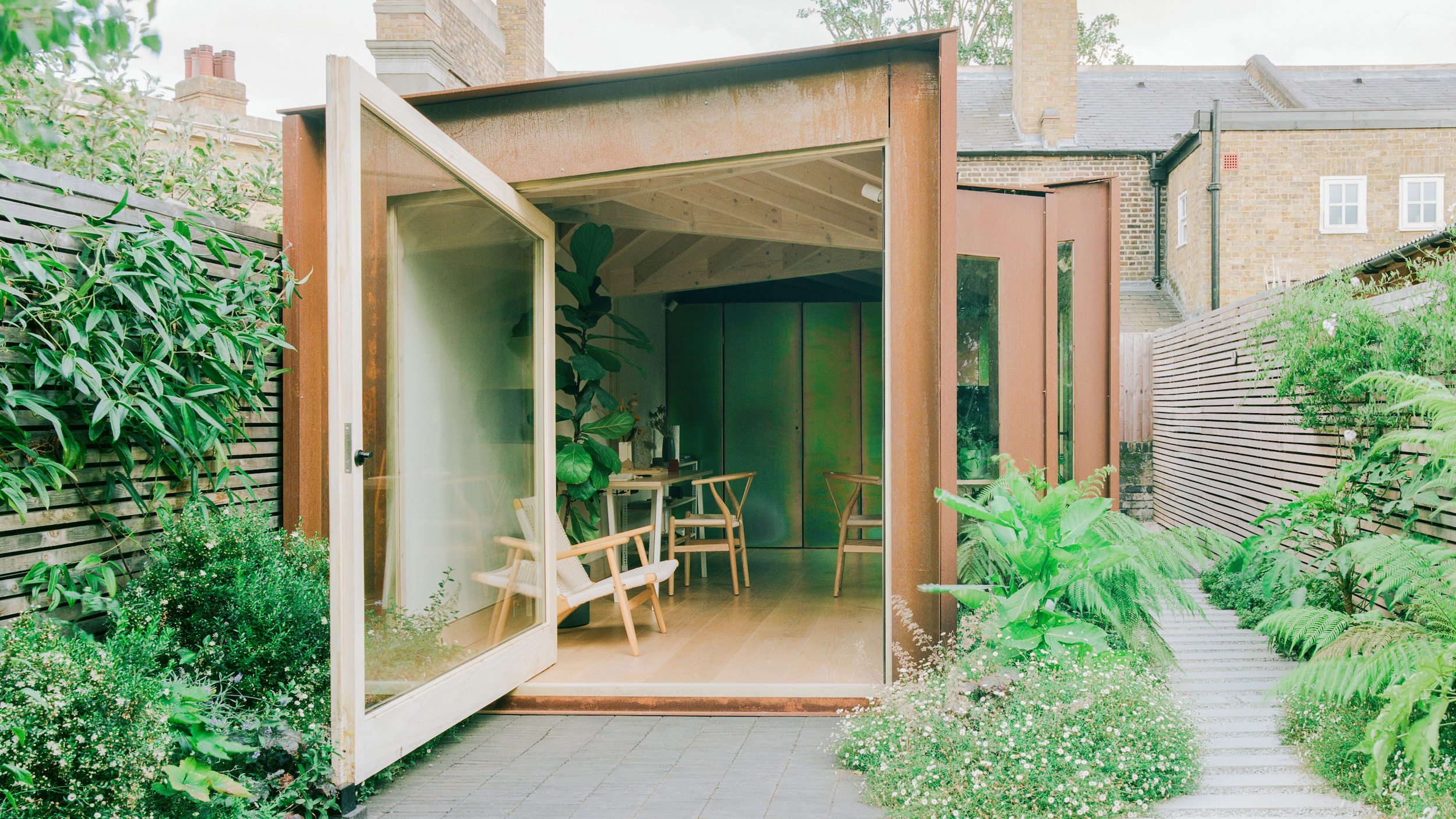
The Drawing Shed is the new architectural office for ByOthers, a studio set up by Richard Keys in 2020 and now set at the far end of a long, narrow south London garden. The project was largely self-built, designed and devised so that all the necessary components could be carried through the narrow hallway of the Victorian terrace – there was no separate garden access.
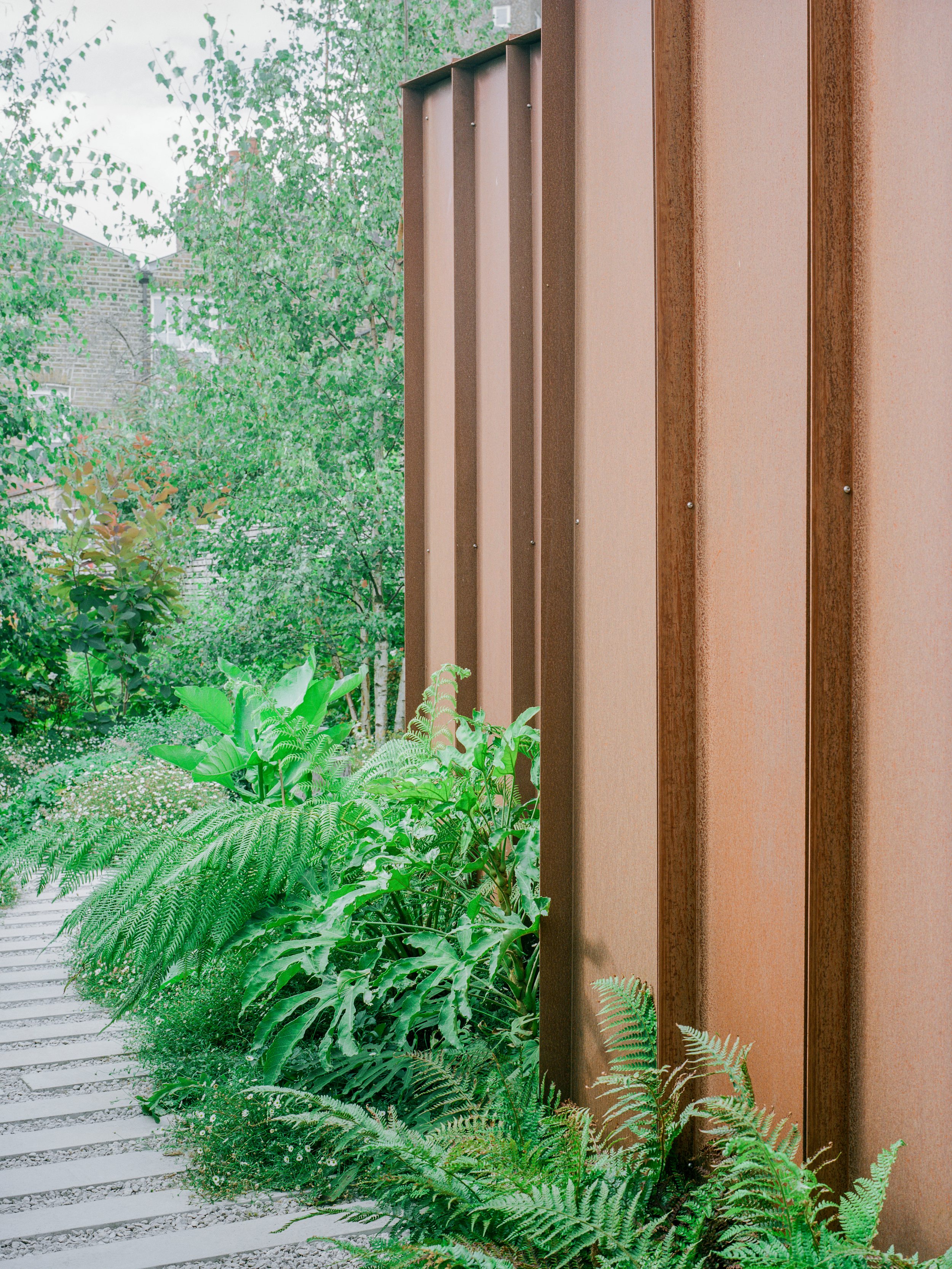
A south London architectural office in a garden
Key believes that architecture should be steeped in practicality. For the Drawing Shed, these considerations ran all the way to the 20 sq m building’s foundations, which were hand-wound into the ground using a torque wrench designed to take nuts off truck wheels.
‘It was all driven by context,’ Keys says from within the warm, timber-filled interior. Unable to get any kind of mechanical excavation to the site, everything had to be dug by hand, with ‘old fashioned leverage’ used to drill the foundations and avoid traditional poured concrete. It also means the entire building is truly demountable and could theoretically be packed up and taken to another location.
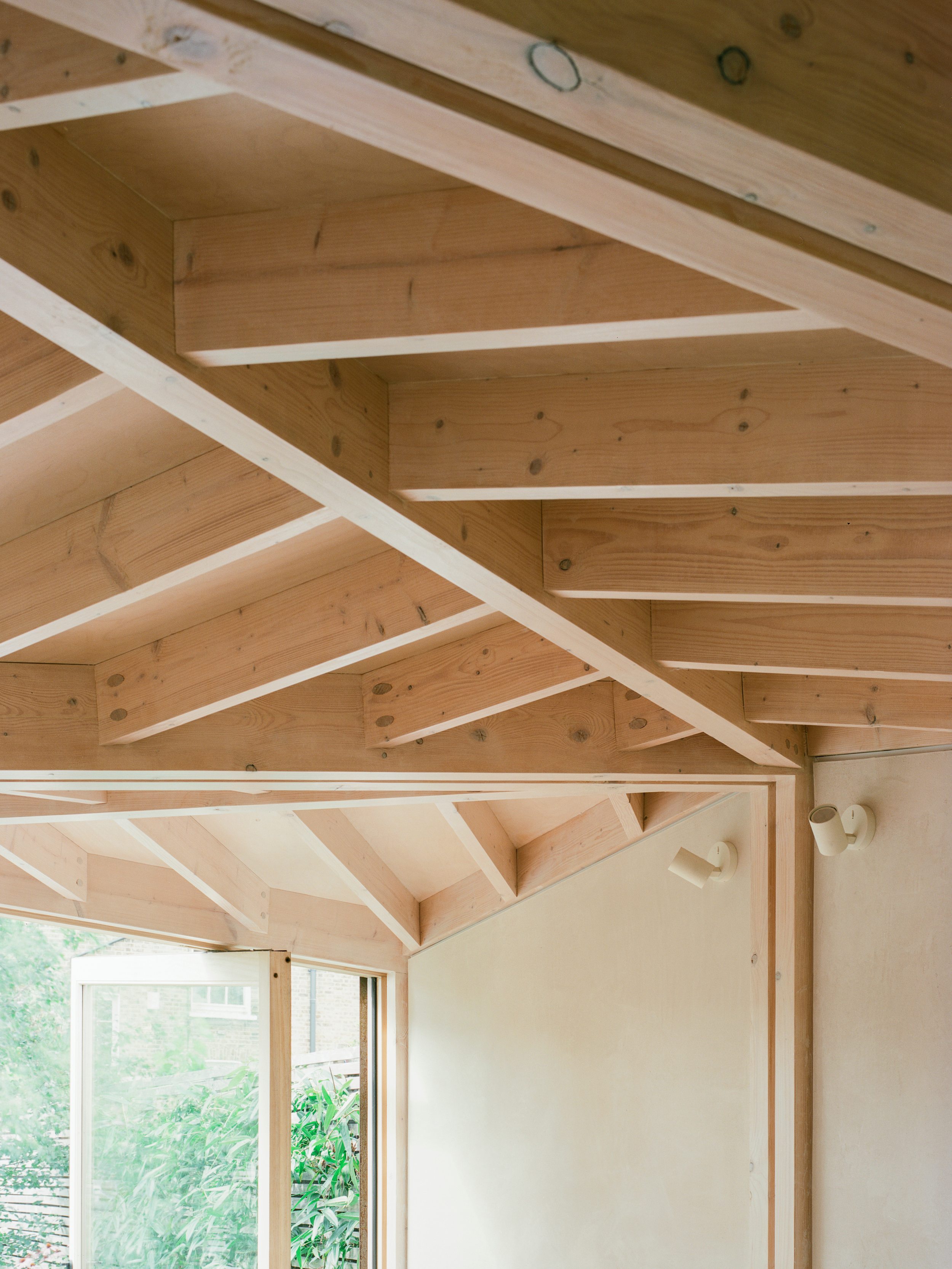
Above ground, the studio is formed from three heavily insulated timber boxes, clad in 100 individual and unique Corten steel ‘trays’, slender laser cut panels that are affixed to the structure with a proprietary fixing system. The location of every single panel was determined by a custom-created code system, developed directly from the original 3D model and etched into the metal.
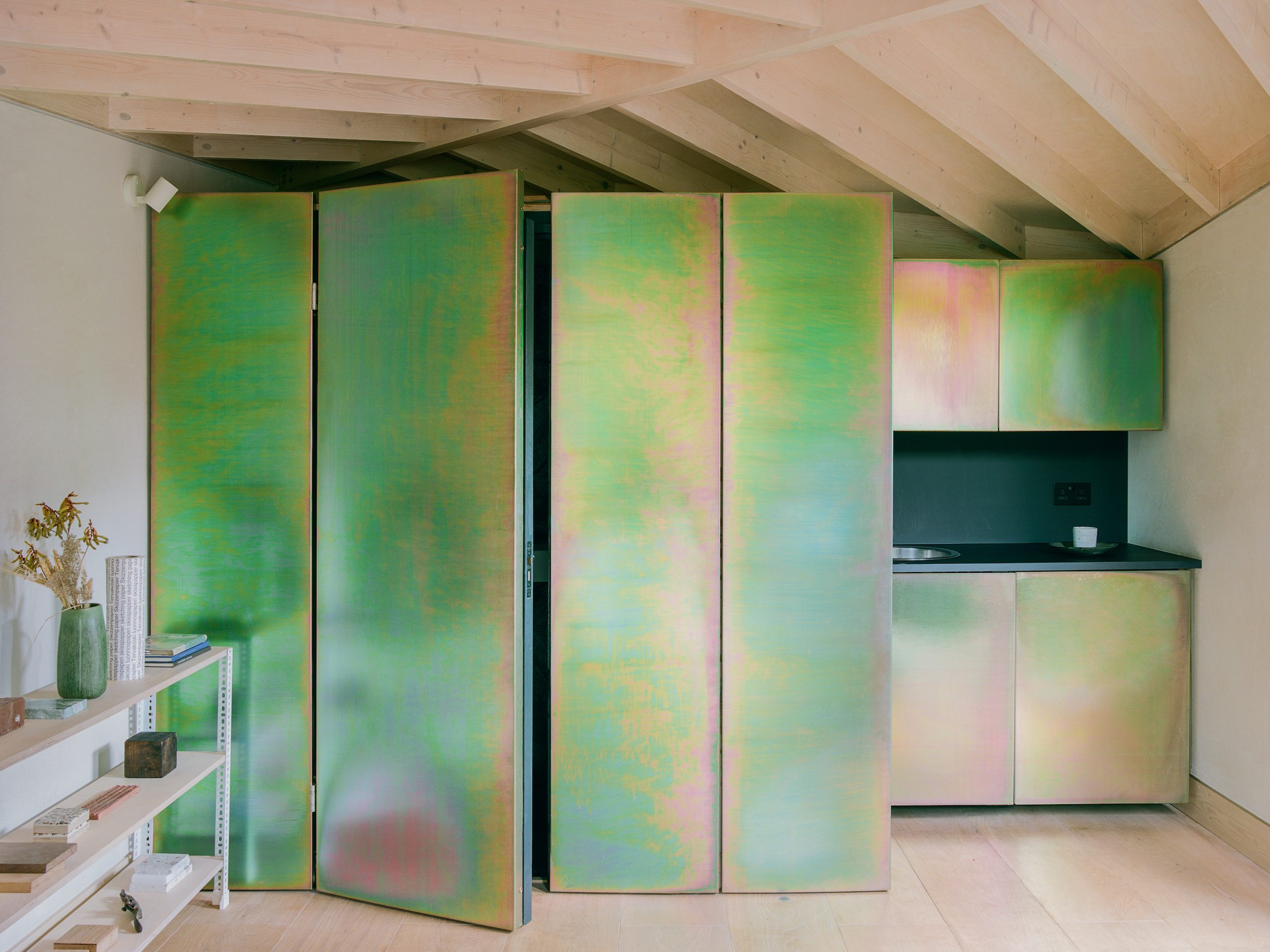
Describing it as a ‘very simple project that complicated things for fun’, the Drawing Shed gave Keys and his team of three the opportunity to experiment with things like digital fabrication and adapting materials for alternate uses. A case in point is the dipped iridescent steel that clads the internal bathroom pod and doubles up as a magnetic pinboard to display sketches and plans.
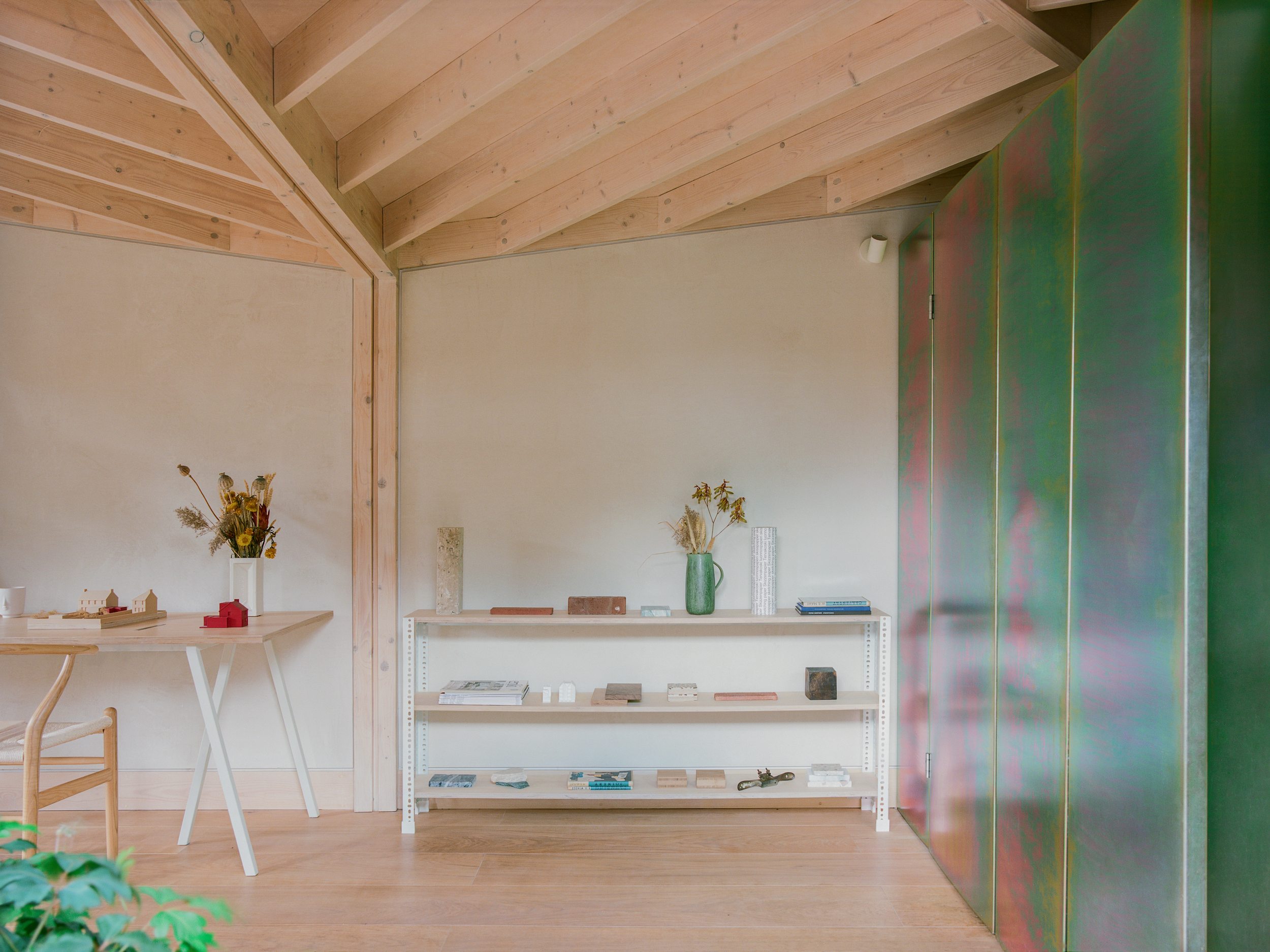
The structural ceiling with its deep diagonal ribs adds to the feeling of warmth created by layers of sheep’s wool insulation and surface finishes of clay plaster. The plan steps back as the building reaches the end of the garden, with windows on the side elevation maximising the amount of daylight the little studio receives.
The Drawing Shed is the practice’s first completed work, but during its conception and creation, the small Peckham-based practice has seen an explosion in interest and work. Currently on the metal pinboard are plans for a block of flats and community space in nearby Lewisham, along with a new studio structure in the Cotswolds. Other projects are in the works in Keys' native Northern Ireland, as well as Yorkshire and the Chilterns.
Wallpaper* Newsletter
Receive our daily digest of inspiration, escapism and design stories from around the world direct to your inbox.
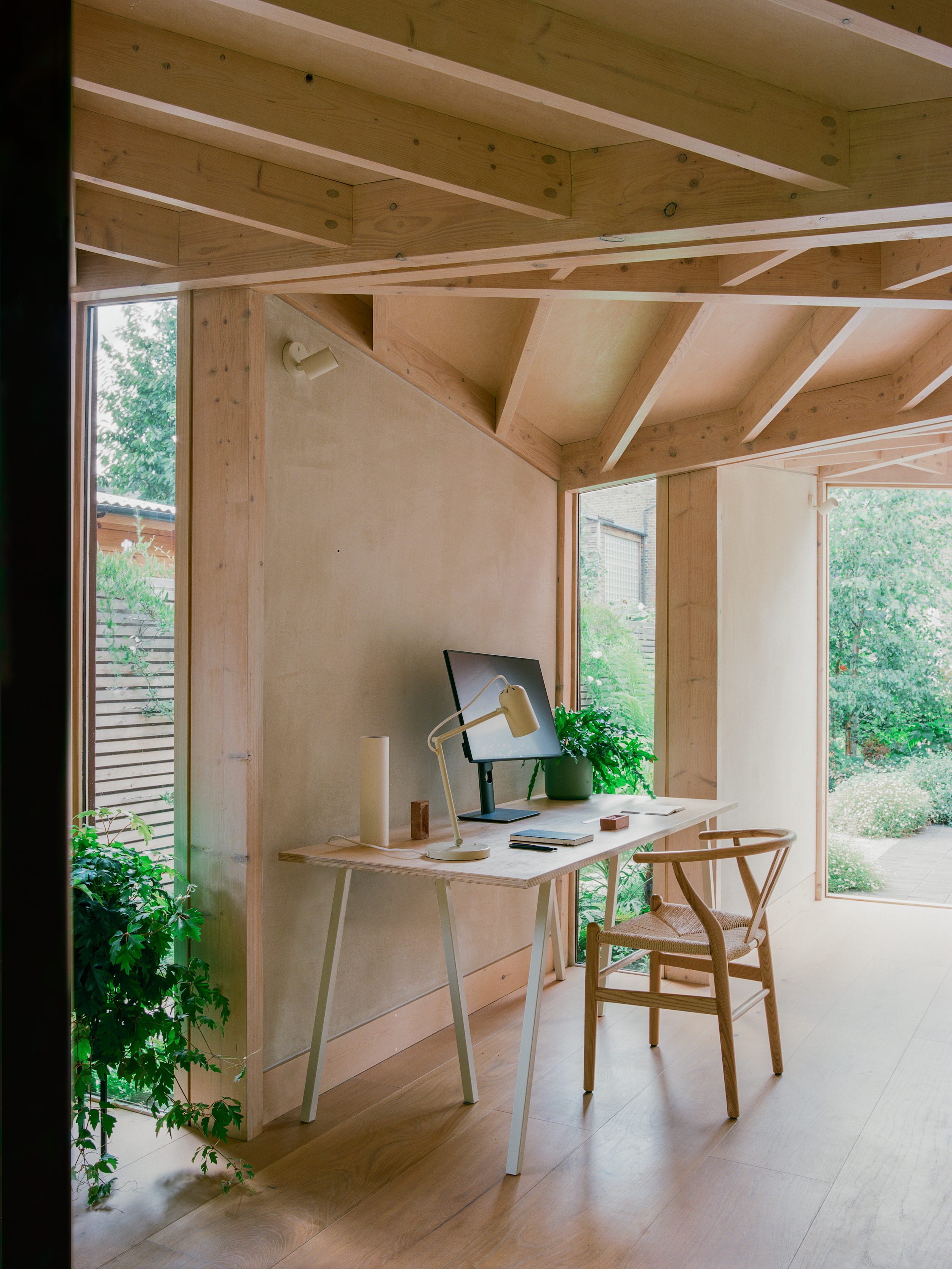
All ByOthers projects share the same ethos, that of working closely with the client to maximise the value they get from their project, whether monetary, personal or spatial. ‘Architects have quite a responsibility to help their clients reach ambitious goals,’ he says, adding slightly mischievously, ‘We pour petrol on that optimism – from a small shed in Peckham we can do anything.’
To further these ambitious goals, Keys has also set up a small construction firm, Places ByOthers, in order to realise projects with maximum efficiency. ‘I’m on a crusade to get more architects into development,’ he says. The studio is currently working on a self-initiated project for nine new-build houses in a back-land lot in south London. ‘Traditionally, value has been extracted at different stages of the planning process,’ Keys explains. ‘Affordable housing is only unviable because so much value has been taken out of the project along the way.’
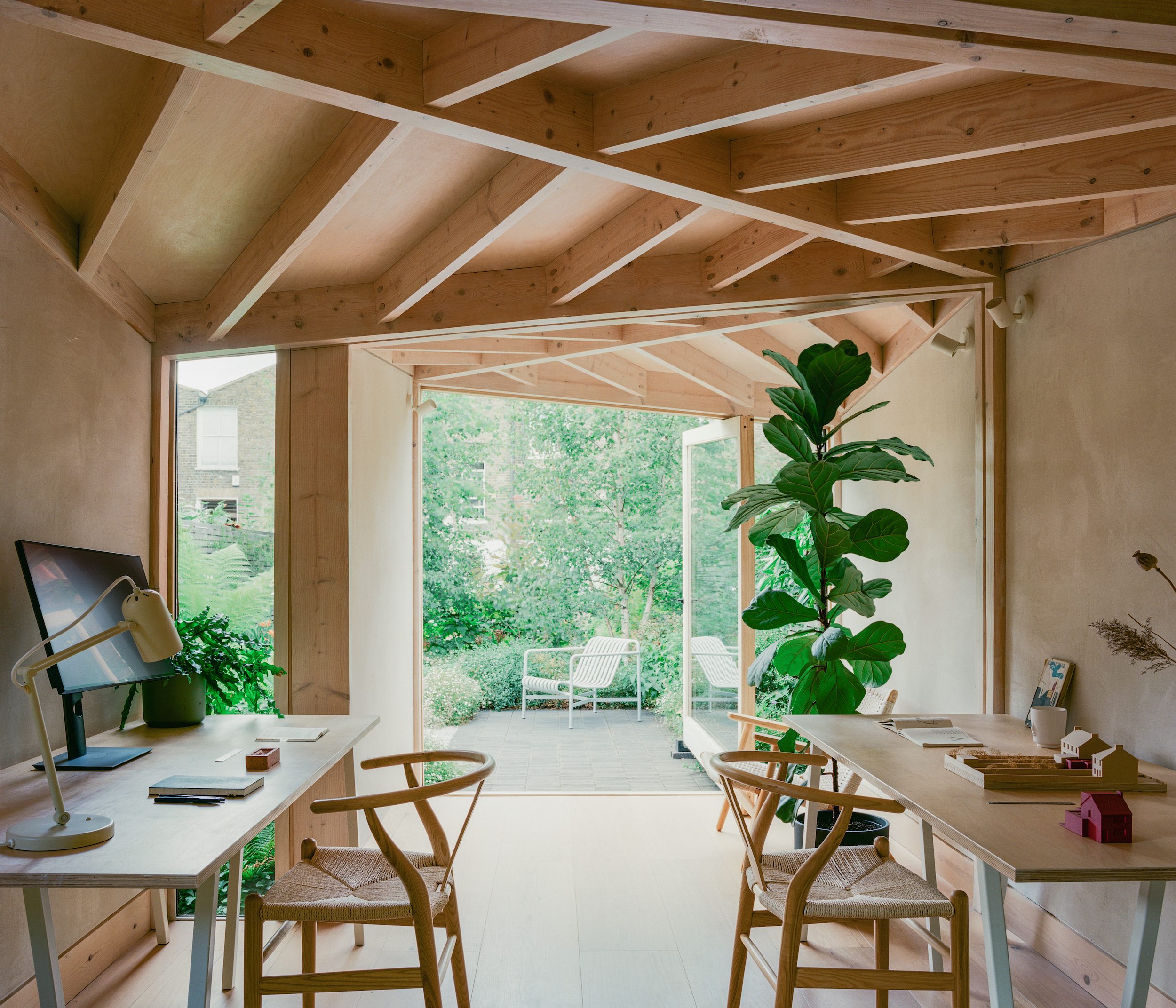
Such projects wouldn’t be possible without close collaboration, with regular structural engineers the London Structures Lab, contractors, fabricators, metalworkers and joiners. ‘We always do prototypes and mock-ups and tell clients of the value of these things,’ Keys stresses, although the hands-on approach clearly works best.
Just a few metres away from the large pivoting glass door to the Drawing Shed, another new project is taking shape. A new double-height extension will transform the rear of the existing terrace, with a ground floor living room opening up directly to the garden, carefully composed by Keys' landscape gardener partner. When complete, the ensemble will be a striking showcase of the ByOthers ethos, from deploying Passivhaus design standards to embracing challenge in all its forms, at any scale.
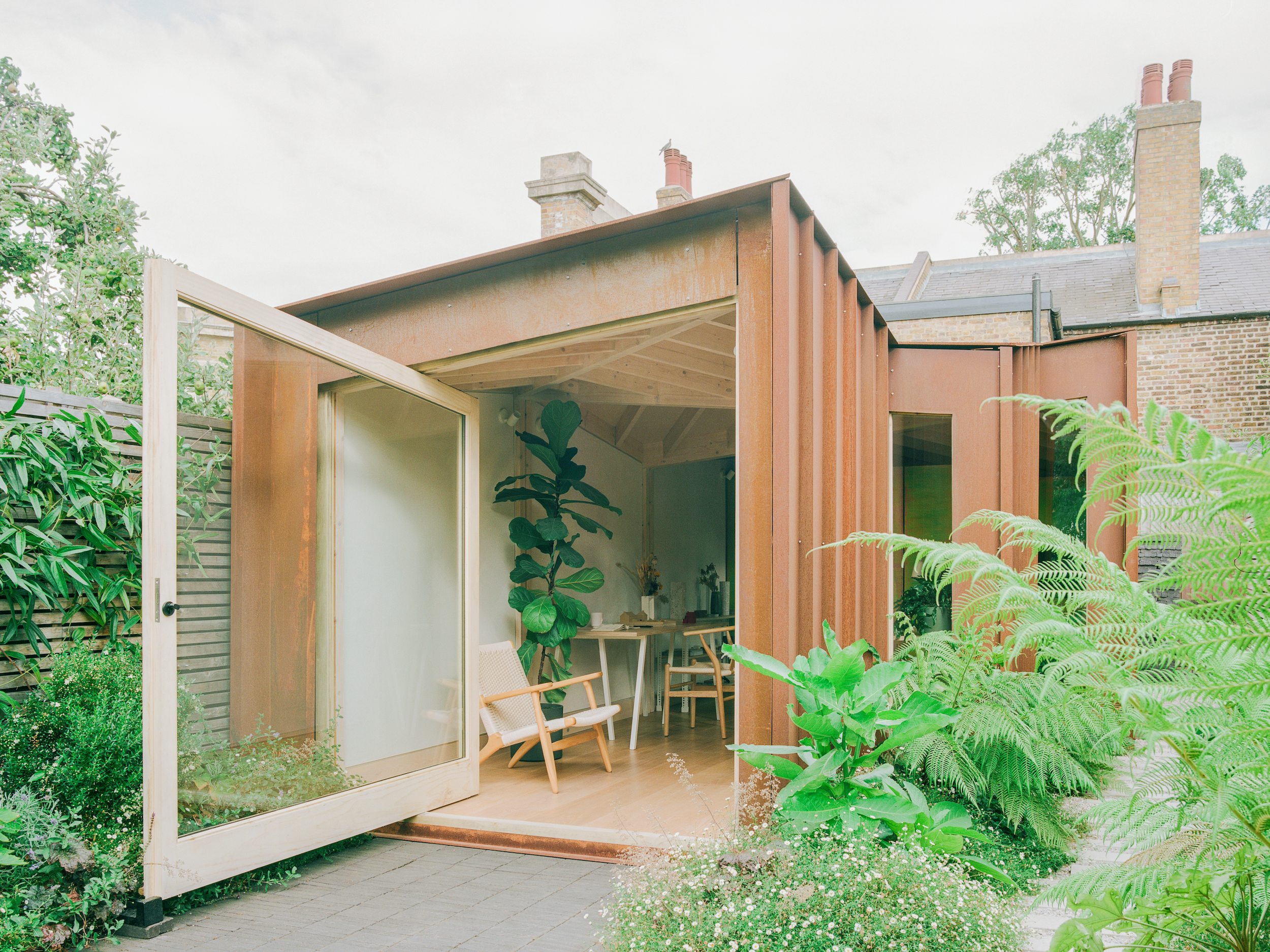
Jonathan Bell has written for Wallpaper* magazine since 1999, covering everything from architecture and transport design to books, tech and graphic design. He is now the magazine’s Transport and Technology Editor. Jonathan has written and edited 15 books, including Concept Car Design, 21st Century House, and The New Modern House. He is also the host of Wallpaper’s first podcast.
-
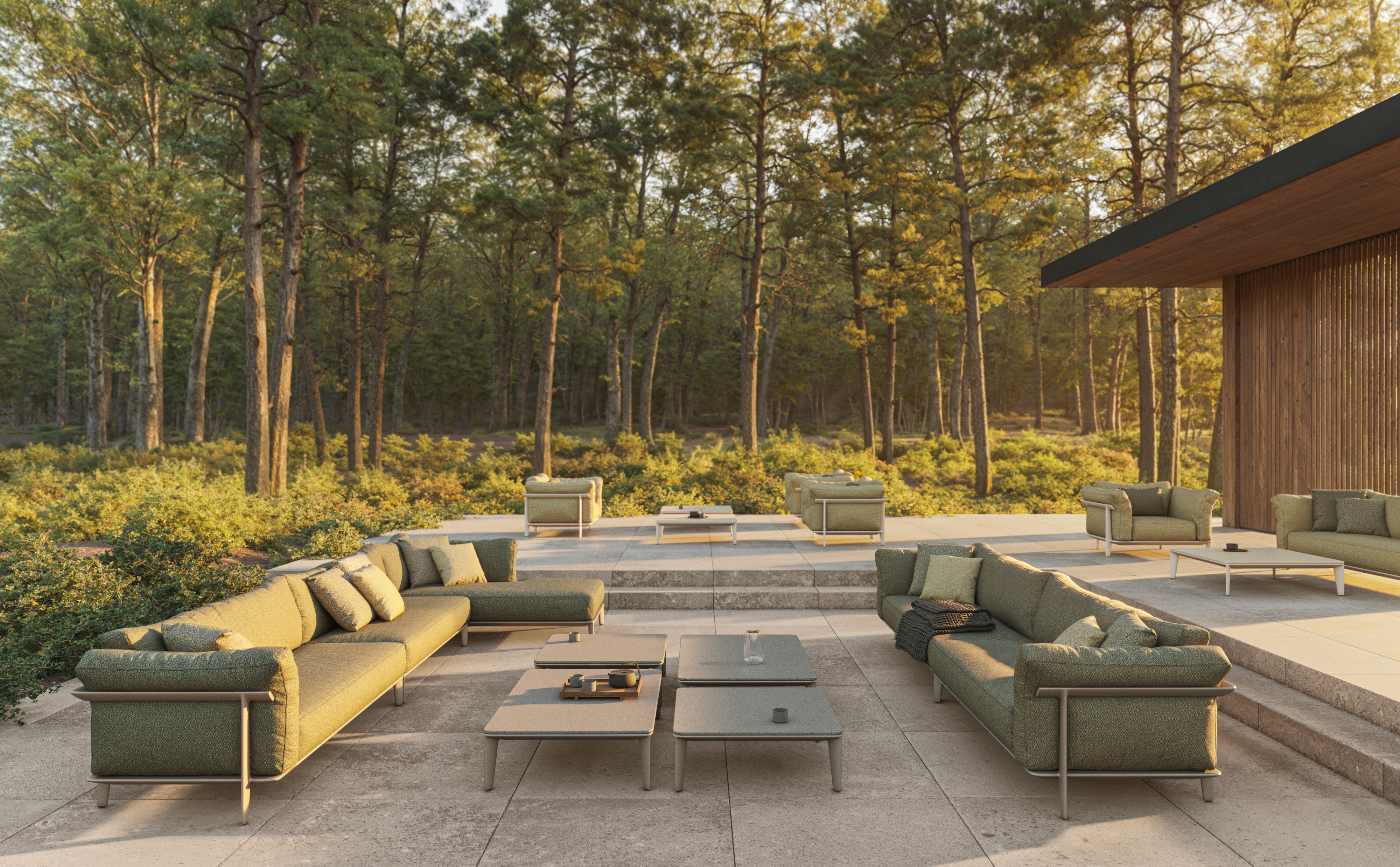 This new Vondom outdoor furniture is a breath of fresh air
This new Vondom outdoor furniture is a breath of fresh airDesigned by architect Jean-Marie Massaud, the ‘Pasadena’ collection takes elegance and comfort outdoors
By Simon Mills
-
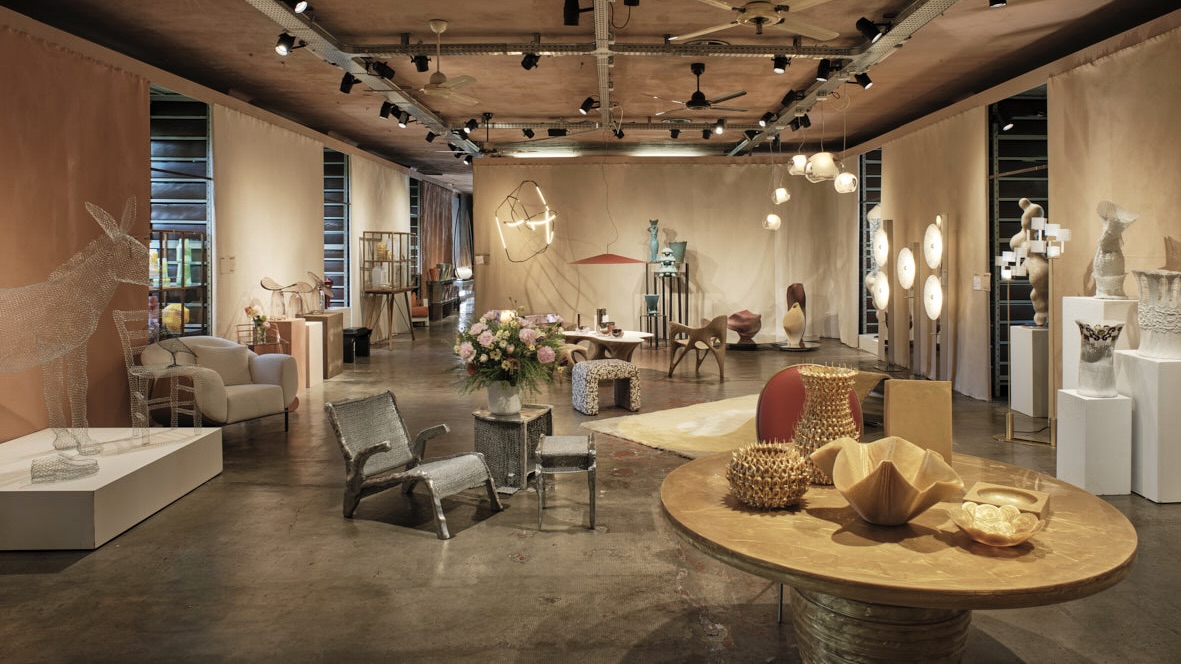 Eight designers to know from Rossana Orlandi Gallery’s Milan Design Week 2025 exhibition
Eight designers to know from Rossana Orlandi Gallery’s Milan Design Week 2025 exhibitionWallpaper’s highlights from the mega-exhibition at Rossana Orlandi Gallery include some of the most compelling names in design today
By Anna Solomon
-
 Nikos Koulis brings a cool wearability to high jewellery
Nikos Koulis brings a cool wearability to high jewelleryNikos Koulis experiments with unusual diamond cuts and modern materials in a new collection, ‘Wish’
By Hannah Silver
-
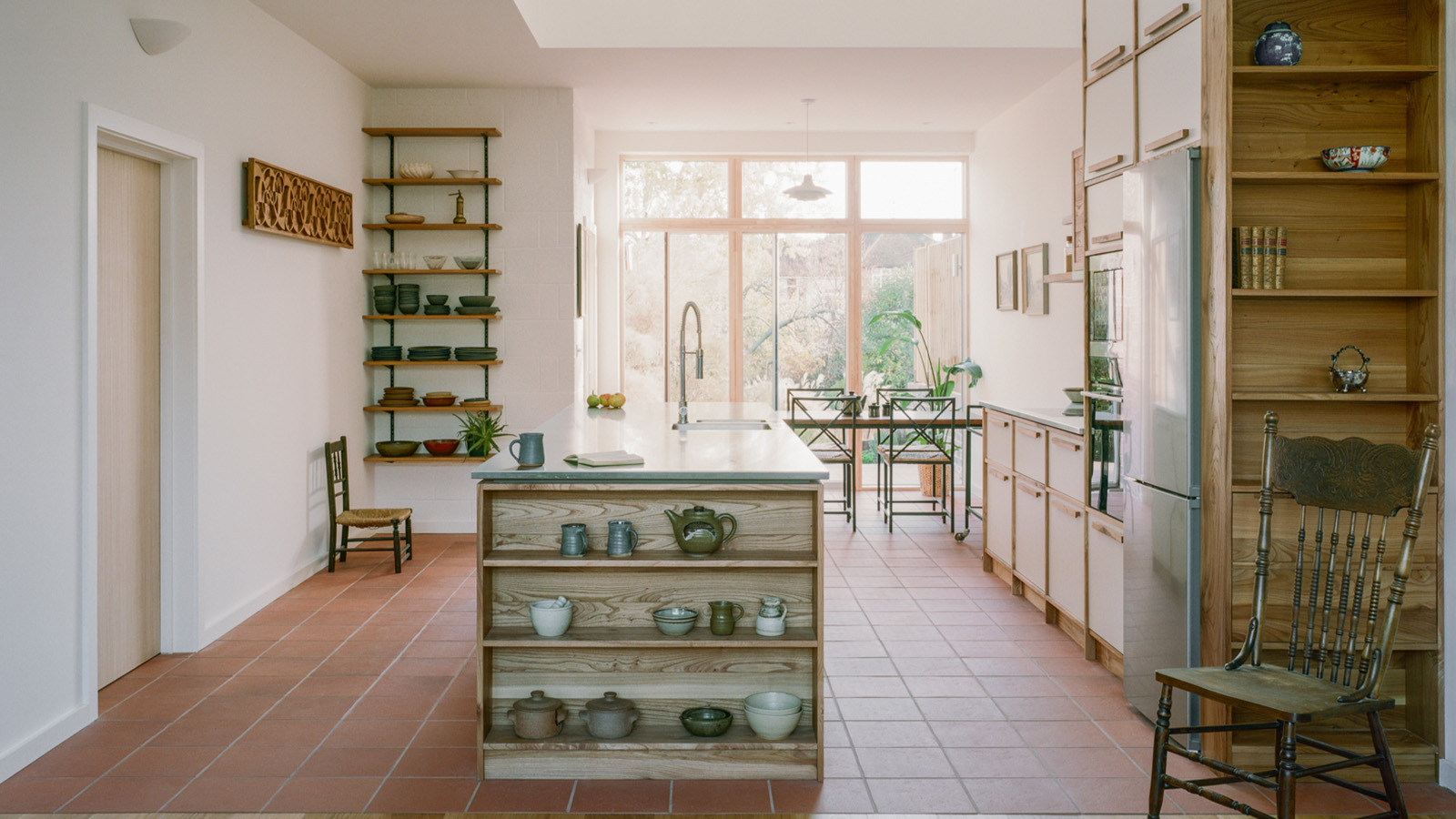 An octogenarian’s north London home is bold with utilitarian authenticity
An octogenarian’s north London home is bold with utilitarian authenticityWoodbury residence is a north London home by Of Architecture, inspired by 20th-century design and rooted in functionality
By Tianna Williams
-
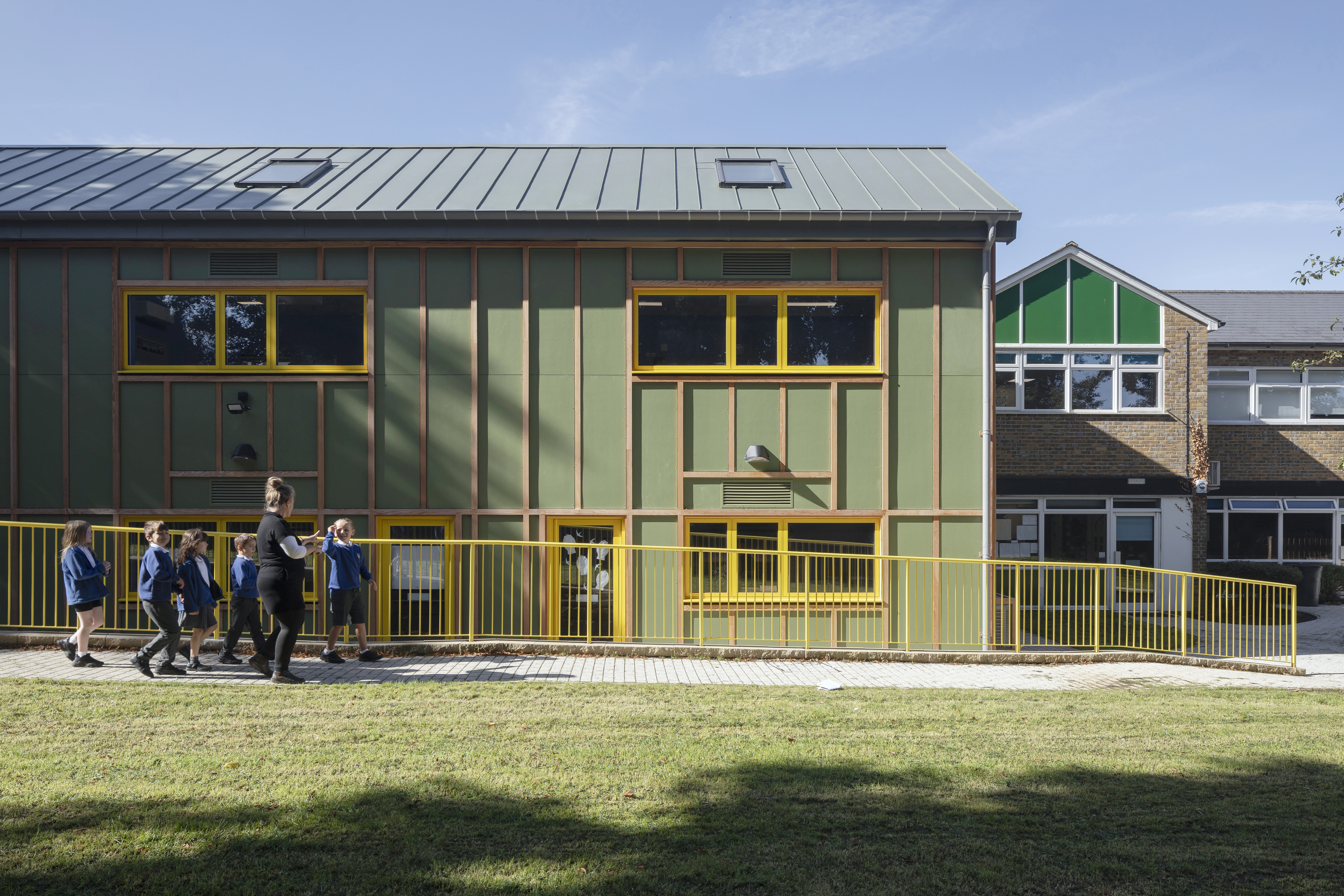 What is DeafSpace and how can it enhance architecture for everyone?
What is DeafSpace and how can it enhance architecture for everyone?DeafSpace learnings can help create profoundly sense-centric architecture; why shouldn't groundbreaking designs also be inclusive?
By Teshome Douglas-Campbell
-
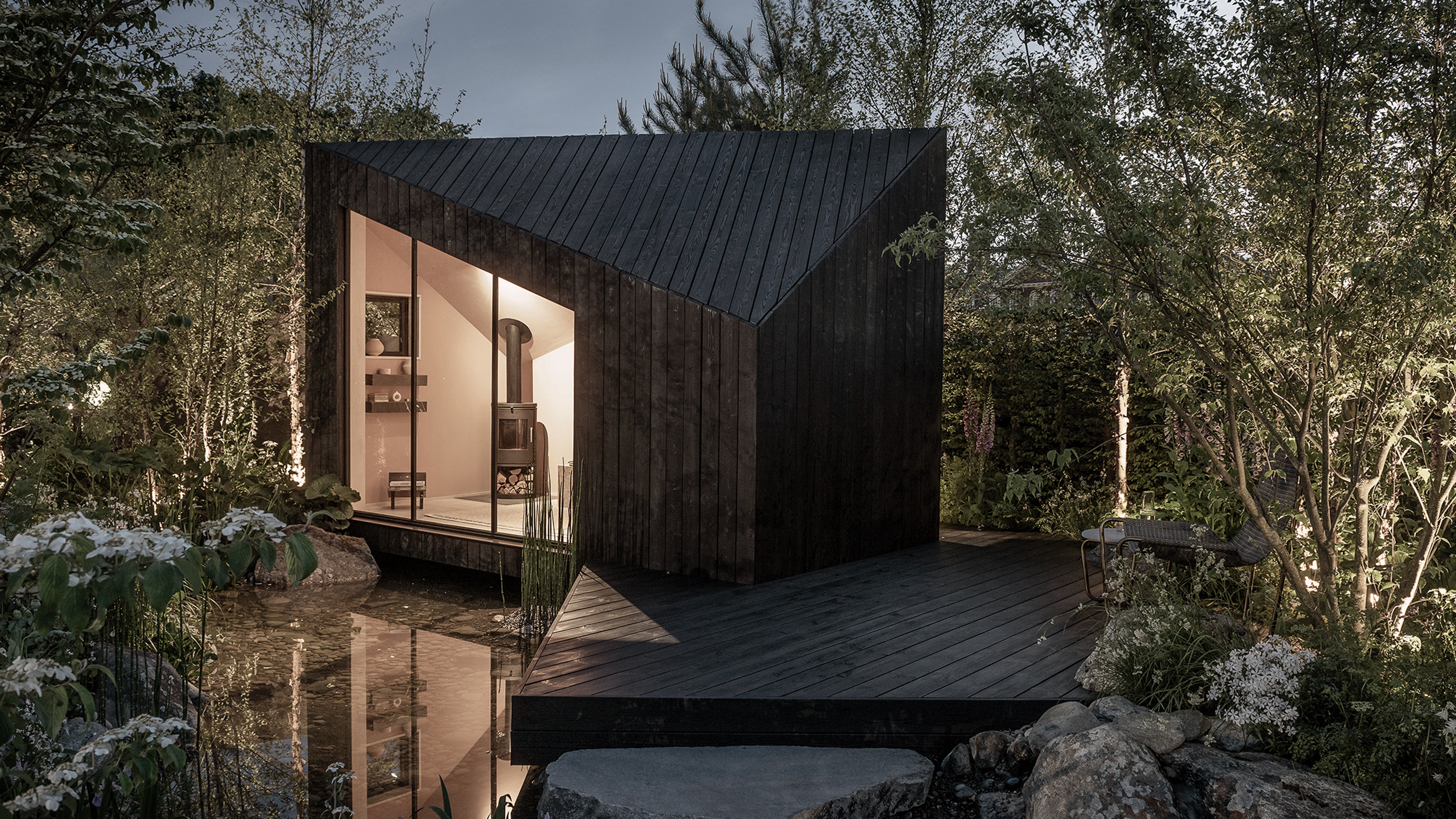 The dream of the flat-pack home continues with this elegant modular cabin design from Koto
The dream of the flat-pack home continues with this elegant modular cabin design from KotoThe Niwa modular cabin series by UK-based Koto architects offers a range of elegant retreats, designed for easy installation and a variety of uses
By Jonathan Bell
-
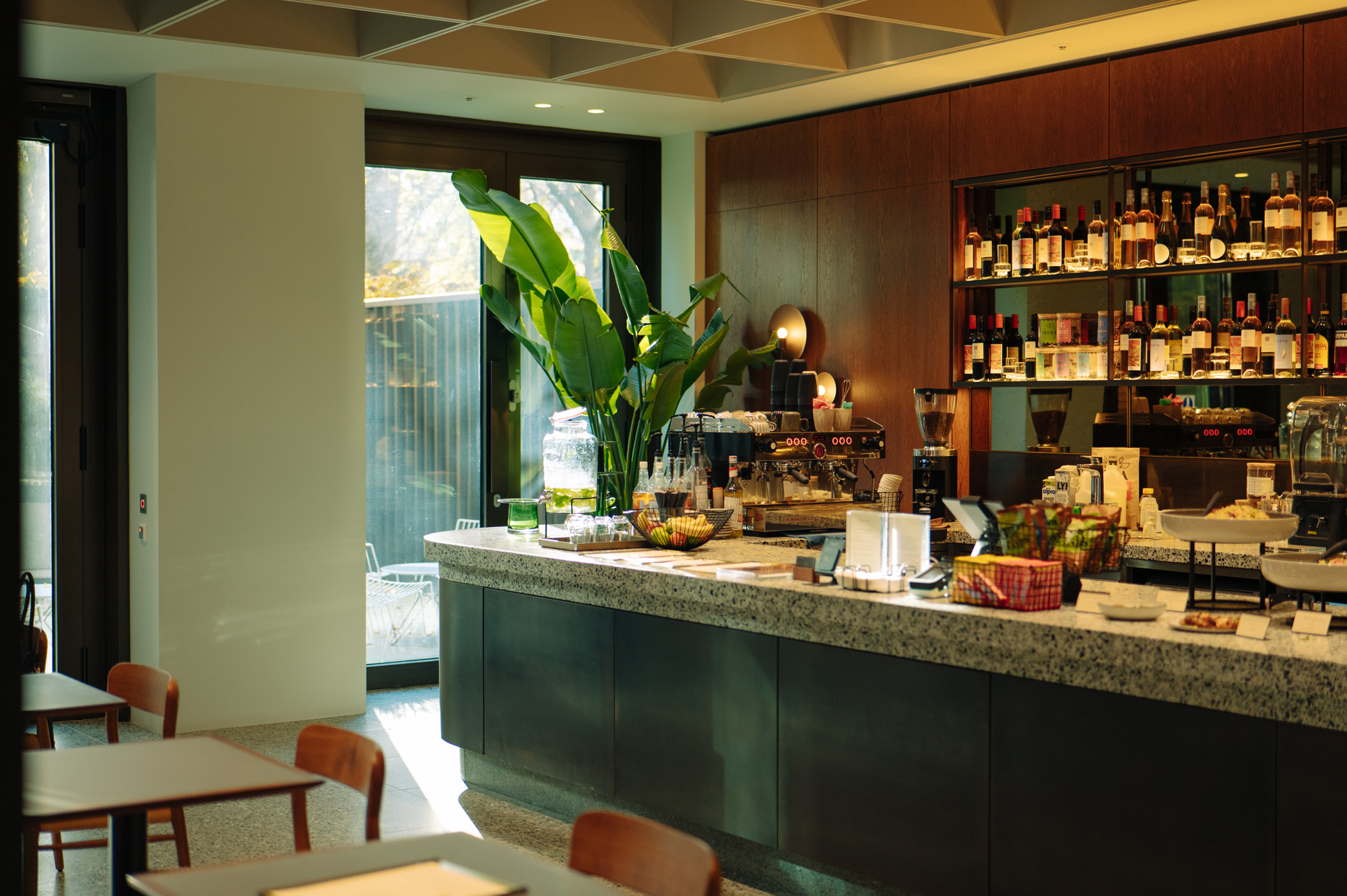 Are Derwent London's new lounges the future of workspace?
Are Derwent London's new lounges the future of workspace?Property developer Derwent London’s new lounges – created for tenants of its offices – work harder to promote community and connection for their users
By Emily Wright
-
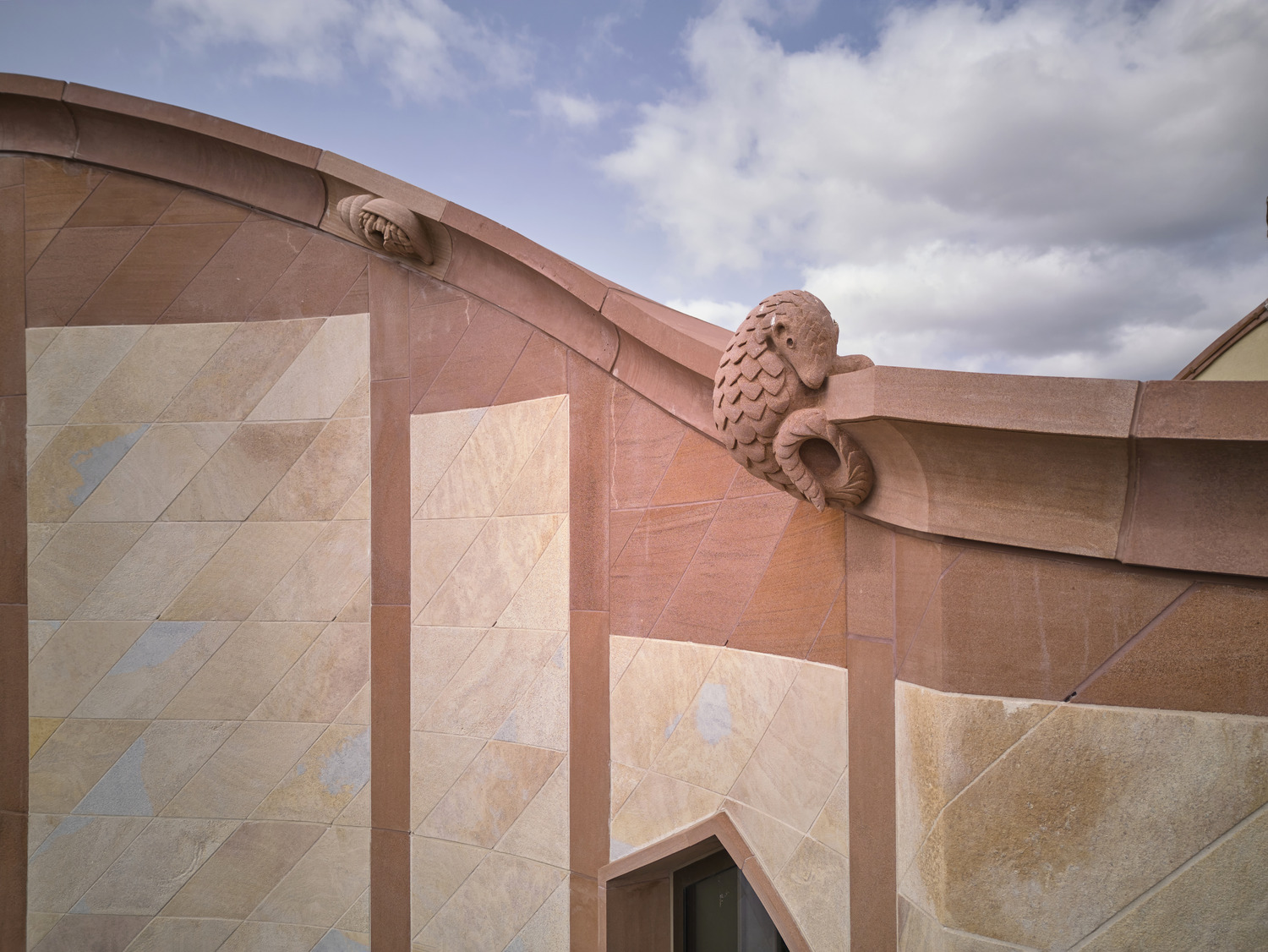 Showing off its gargoyles and curves, The Gradel Quadrangles opens in Oxford
Showing off its gargoyles and curves, The Gradel Quadrangles opens in OxfordThe Gradel Quadrangles, designed by David Kohn Architects, brings a touch of playfulness to Oxford through a modern interpretation of historical architecture
By Shawn Adams
-
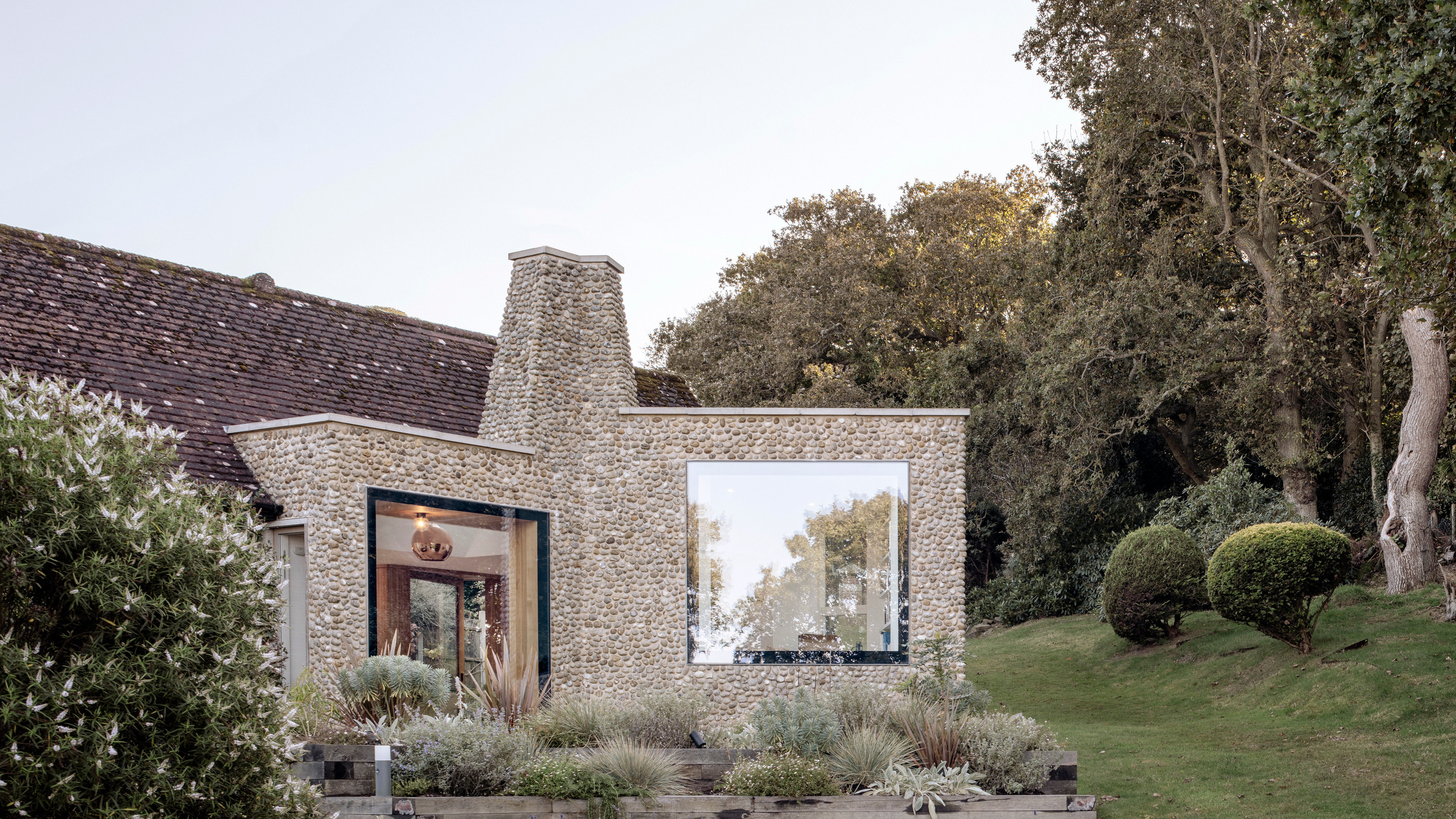 A Norfolk bungalow has been transformed through a deft sculptural remodelling
A Norfolk bungalow has been transformed through a deft sculptural remodellingNorth Sea East Wood is the radical overhaul of a Norfolk bungalow, designed to open up the property to sea and garden views
By Jonathan Bell
-
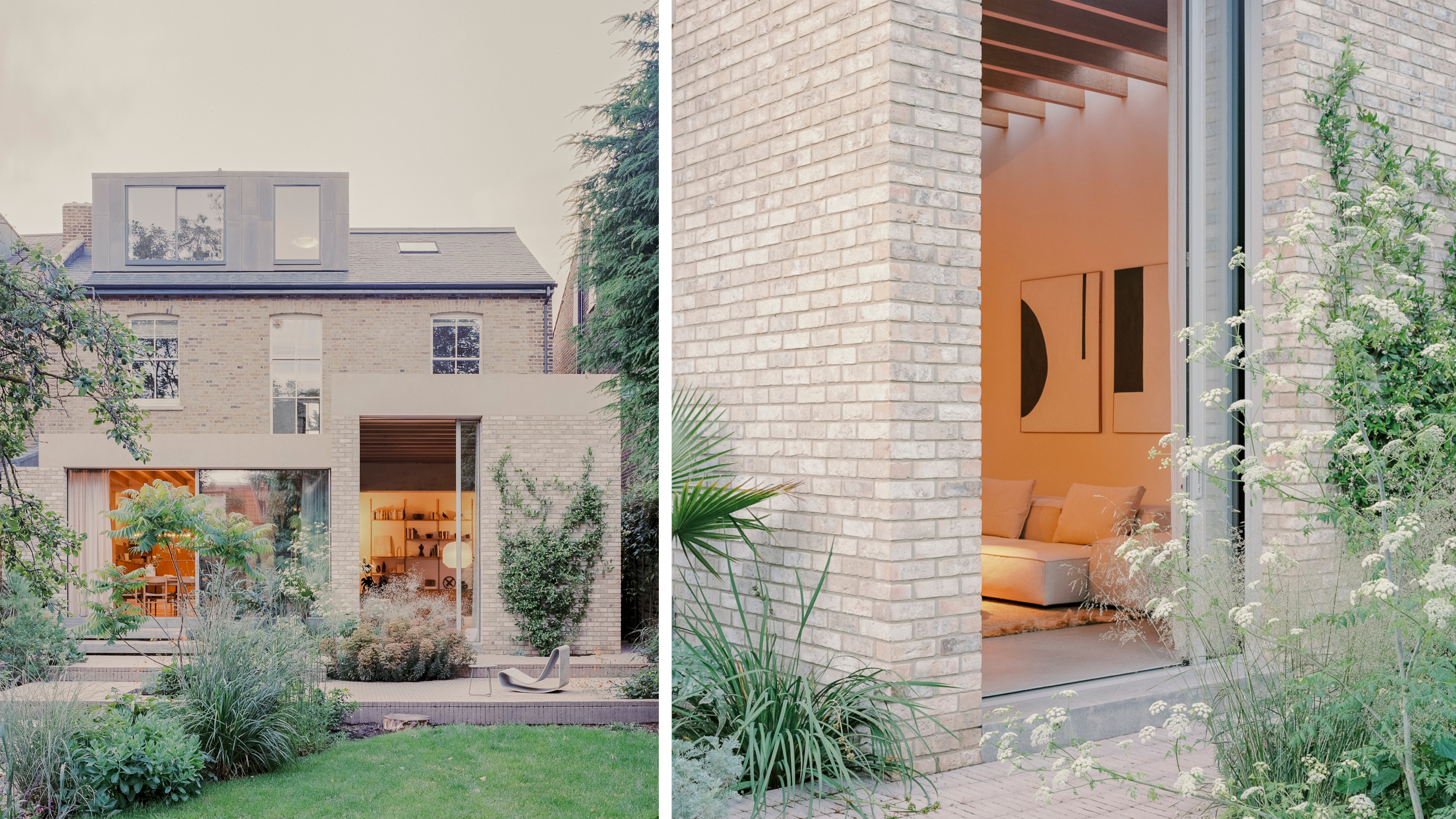 A new concrete extension opens up this Stoke Newington house to its garden
A new concrete extension opens up this Stoke Newington house to its gardenArchitects Bindloss Dawes' concrete extension has brought a considered material palette to this elegant Victorian family house
By Jonathan Bell
-
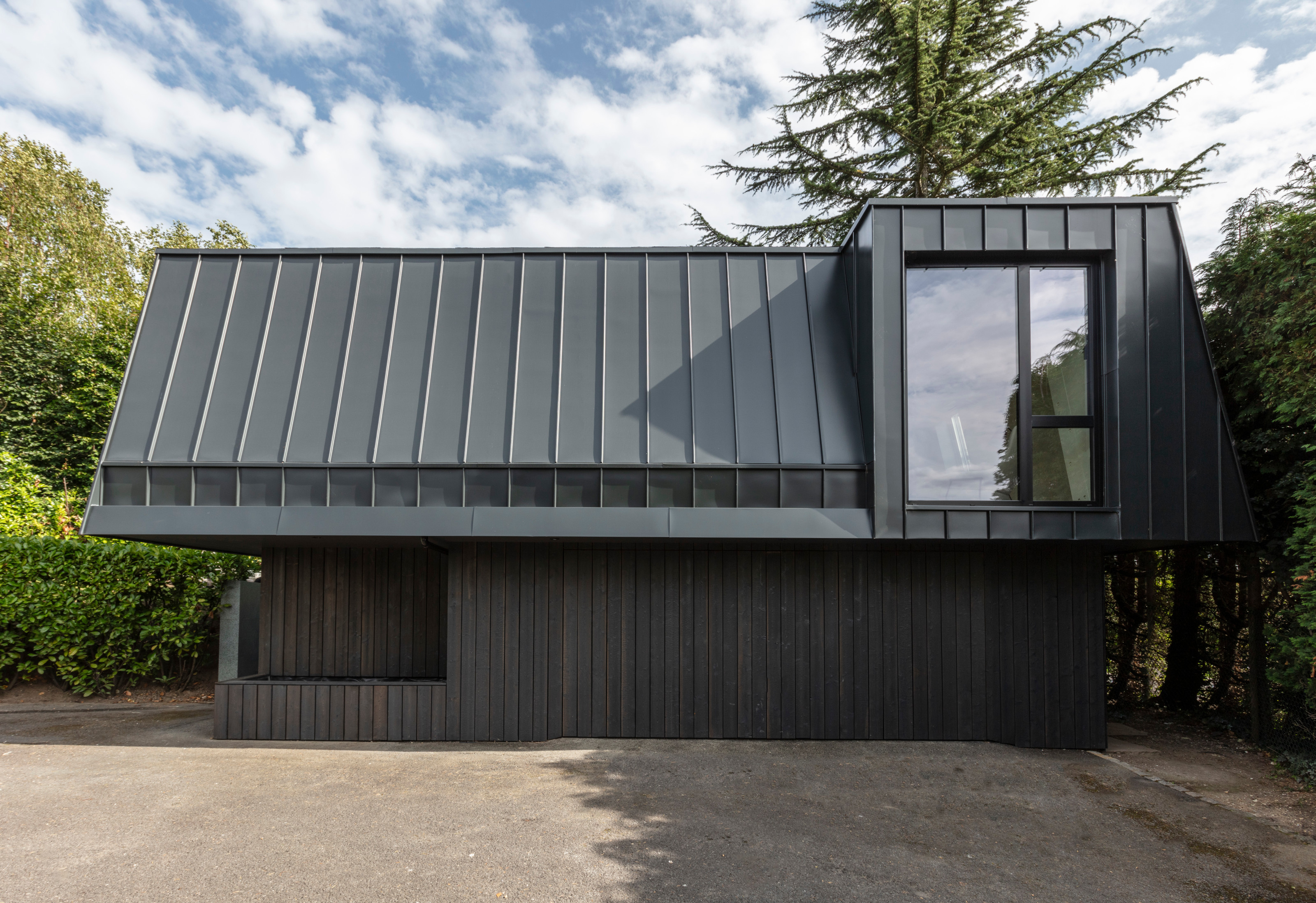 A former garage is transformed into a compact but multifunctional space
A former garage is transformed into a compact but multifunctional spaceA multifunctional, compact house by Francesco Pierazzi is created through a unique spatial arrangement in the heart of the Surrey countryside
By Jonathan Bell